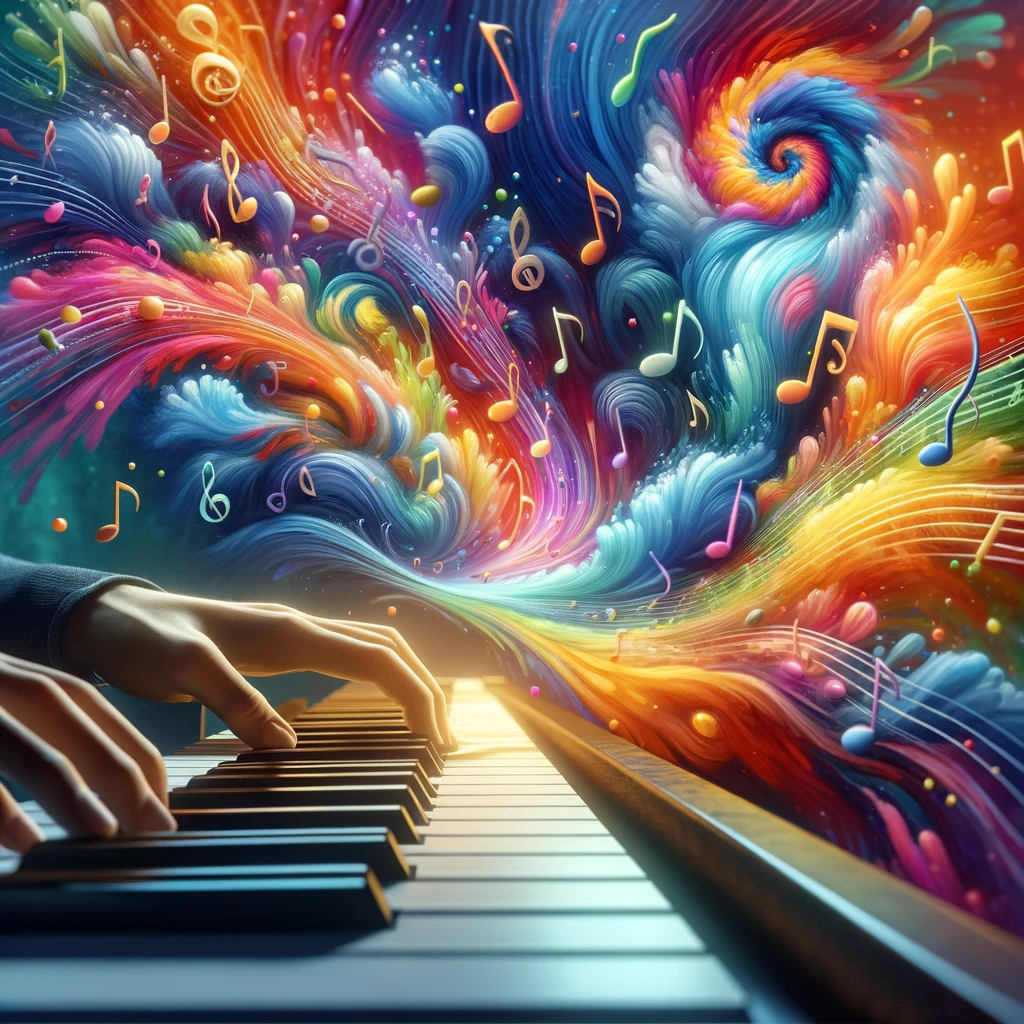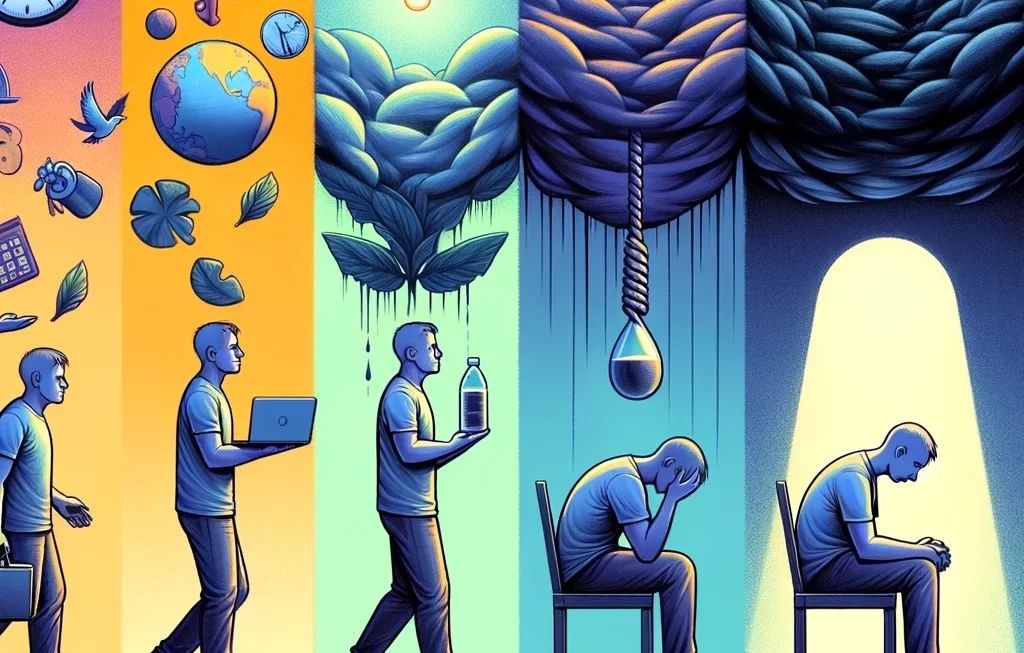Imagine hearing a piece of music and seeing a kaleidoscope of colors, or reading a book and experiencing a vivid tapestry of hues with each letter and number. This phenomenon, known as synesthesia, is a neurological condition that blends the senses in unusual and fascinating ways. This article delves into the world of synesthesia, aiming to demystify it for those new to psychology.
What is Synesthesia?
Synesthesia is a condition where stimulation of one sensory or cognitive pathway leads to automatic, involuntary experiences in a second sensory or cognitive pathway. It’s not just an imaginative play of the mind; it’s a consistent and measurable blending of senses.
Types of Synesthesia
There are several types of synesthesia, each linking different senses or cognitive pathways:
- Grapheme-Color Synesthesia: Individuals associate specific colors with letters or numbers.
- Chromesthesia: Sounds, like music or voices, evoke the perception of colors.
- Lexical-Gustatory Synesthesia: Certain words or sounds trigger taste experiences.
Case Studies
Historical and contemporary case studies offer insight into this condition. For example, the artist Wassily Kandinsky reported experiencing colours while listening to music, which influenced his work.
Theories Behind Synesthesia
Researchers believe synesthesia might result from “cross-wiring” in the brain, where neural pathways usually separate become interconnected. Another theory suggests a failure of neural pruning that occurs during early development, leading to enduring connections between different sensory areas.
Synesthesia and Creativity
Many synesthetes are found in creative professions. The unique sensory experiences of synesthetes often provide a rich source of inspiration and creativity. Famous synesthetes include musicians like Pharrell Williams and artists like Vincent Van Gogh.
Research and Diagnosis
Diagnosing synesthesia involves consistent and specific experiences. Tests typically ask subjects to associate colours with letters or sounds and check for consistency over time.
Synesthesia reminds us of the incredible complexity and mystery of the human brain. It highlights how our perception of reality can be profoundly different, yet equally valid. For those just beginning to explore psychology, synesthesia offers a captivating window into the diverse experiences of the human mind.
For Further Reading
- “Wednesday Is Indigo Blue” by Richard Cytowic and David Eagleman
- “The Hidden Sense: Synesthesia in Art and Science” by Cretien van Campen




